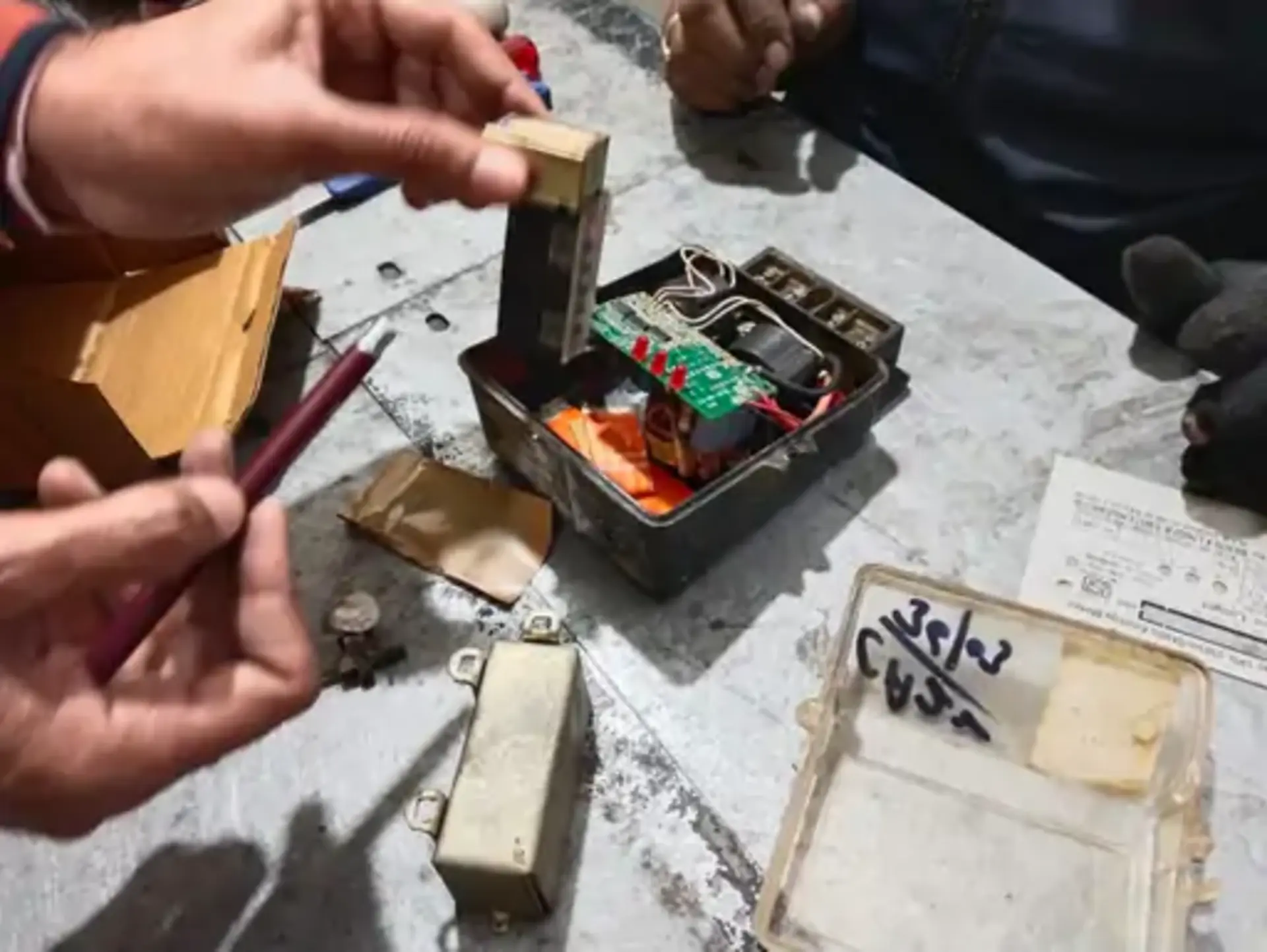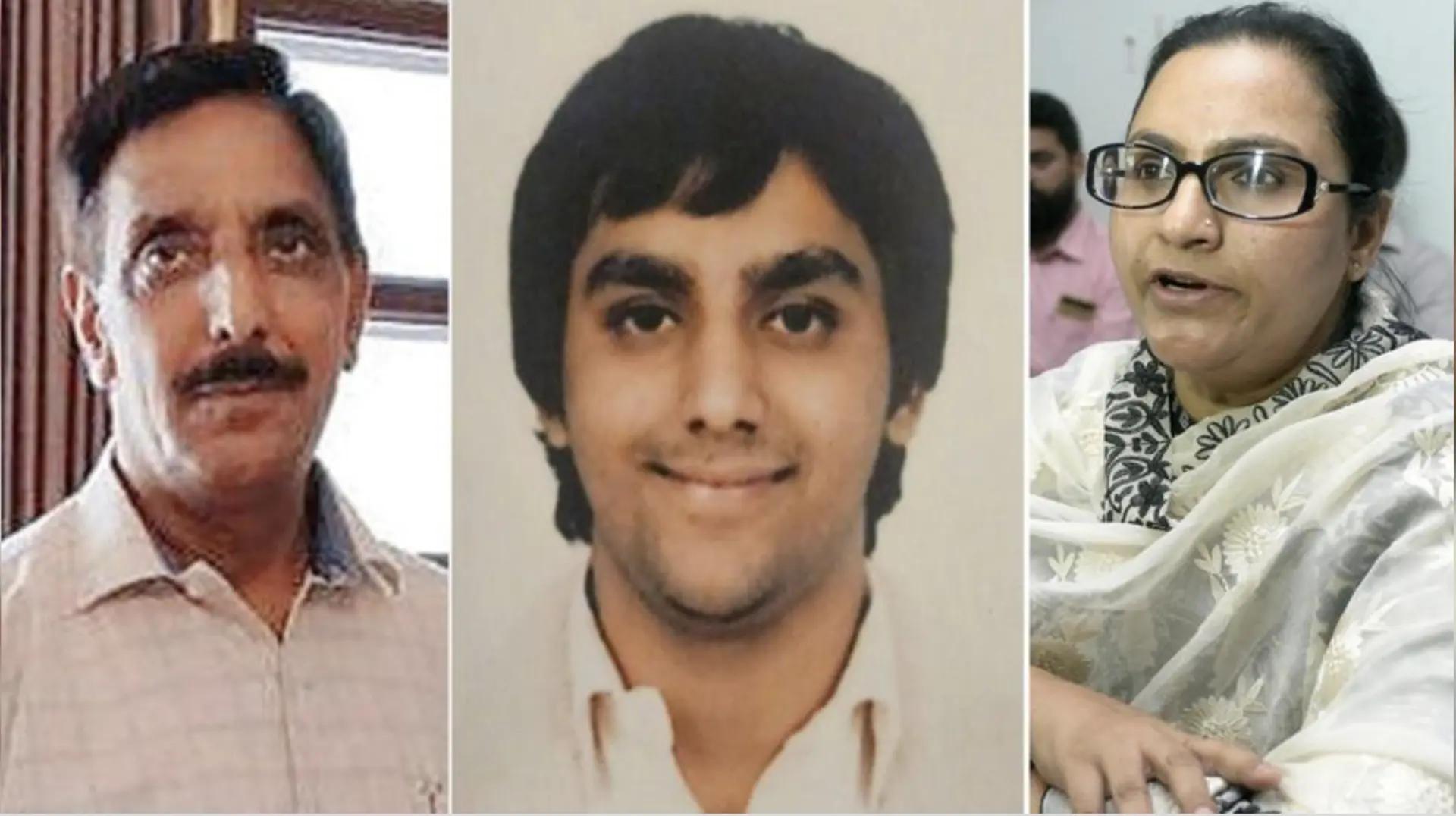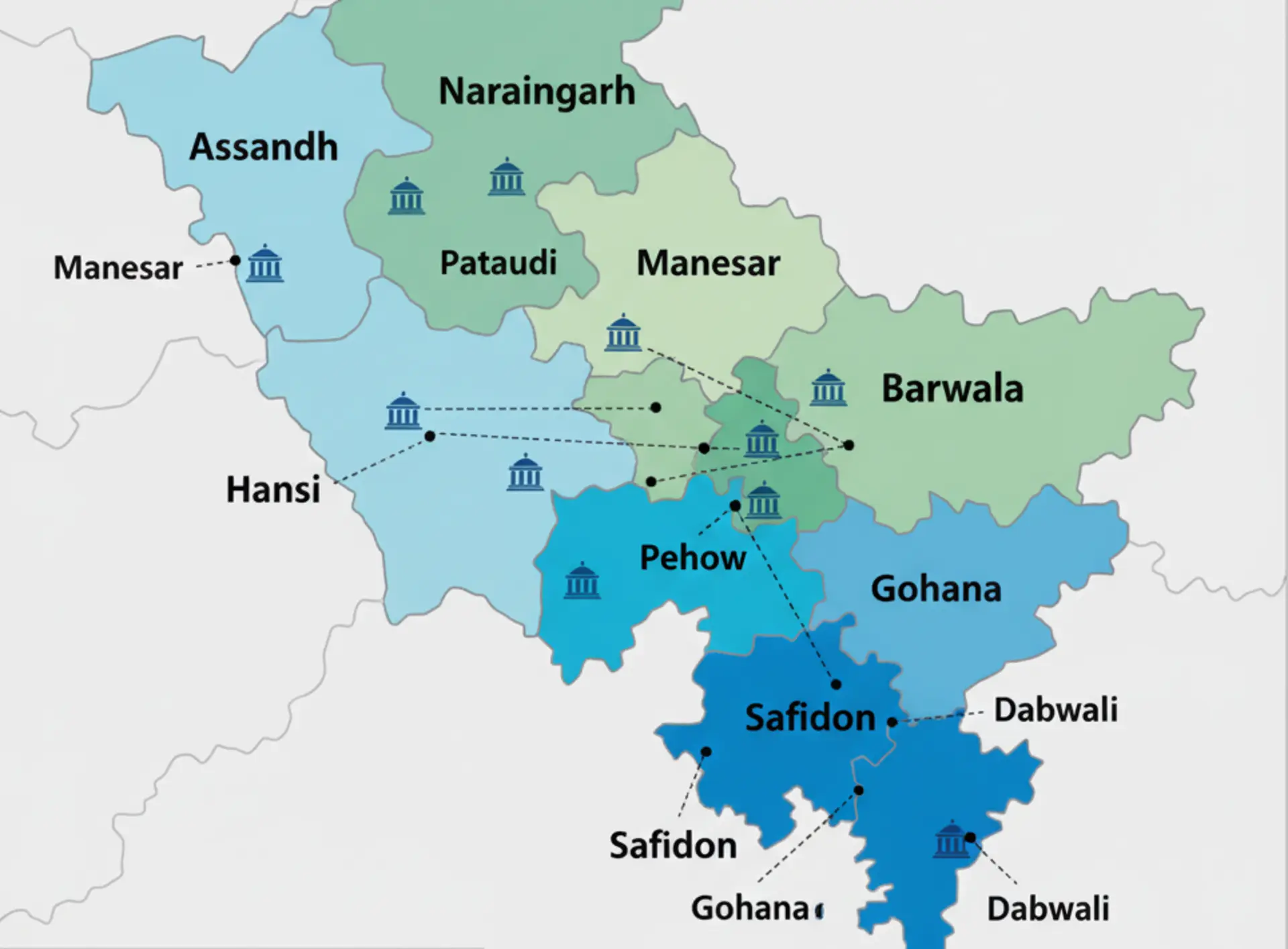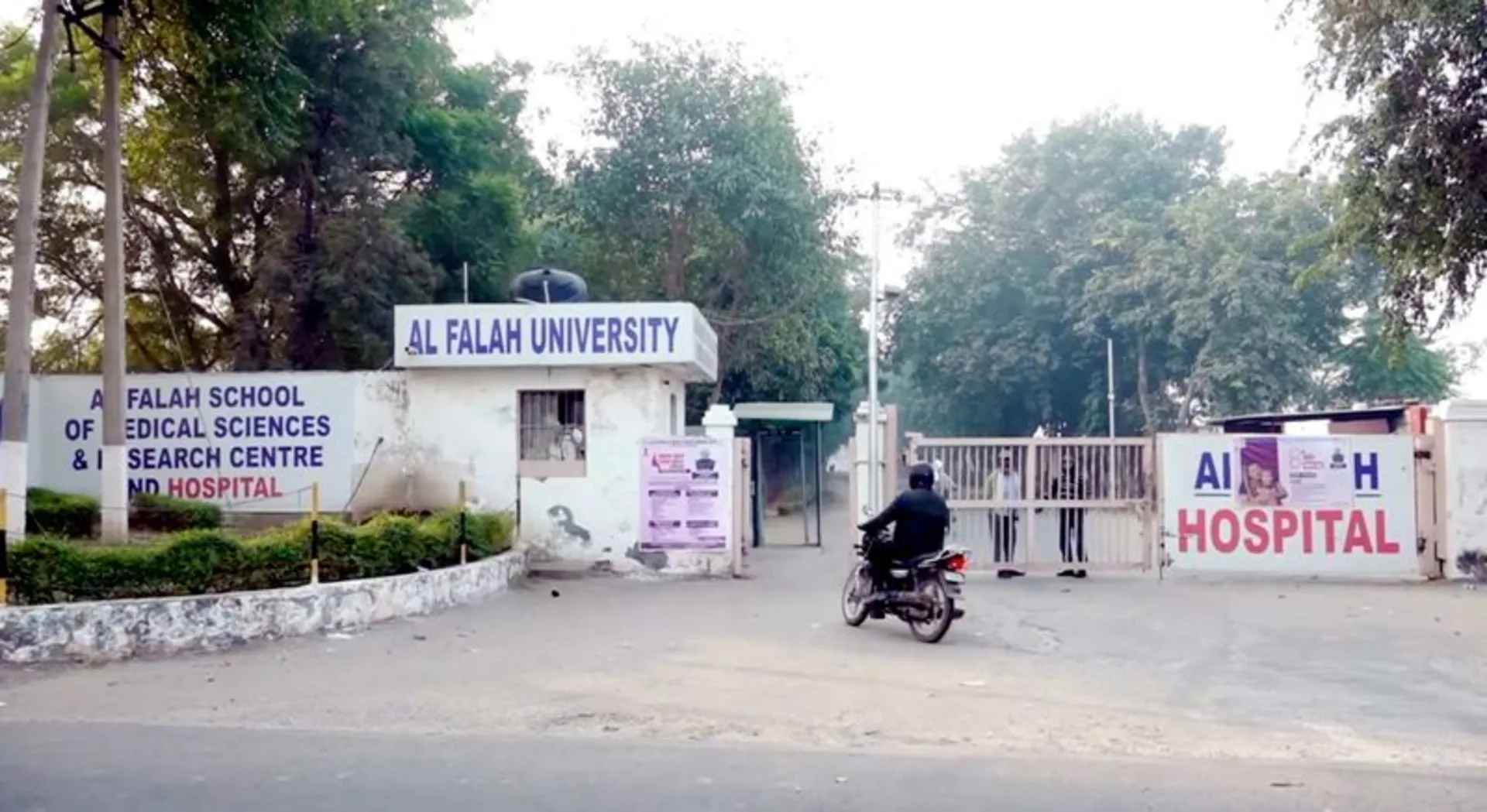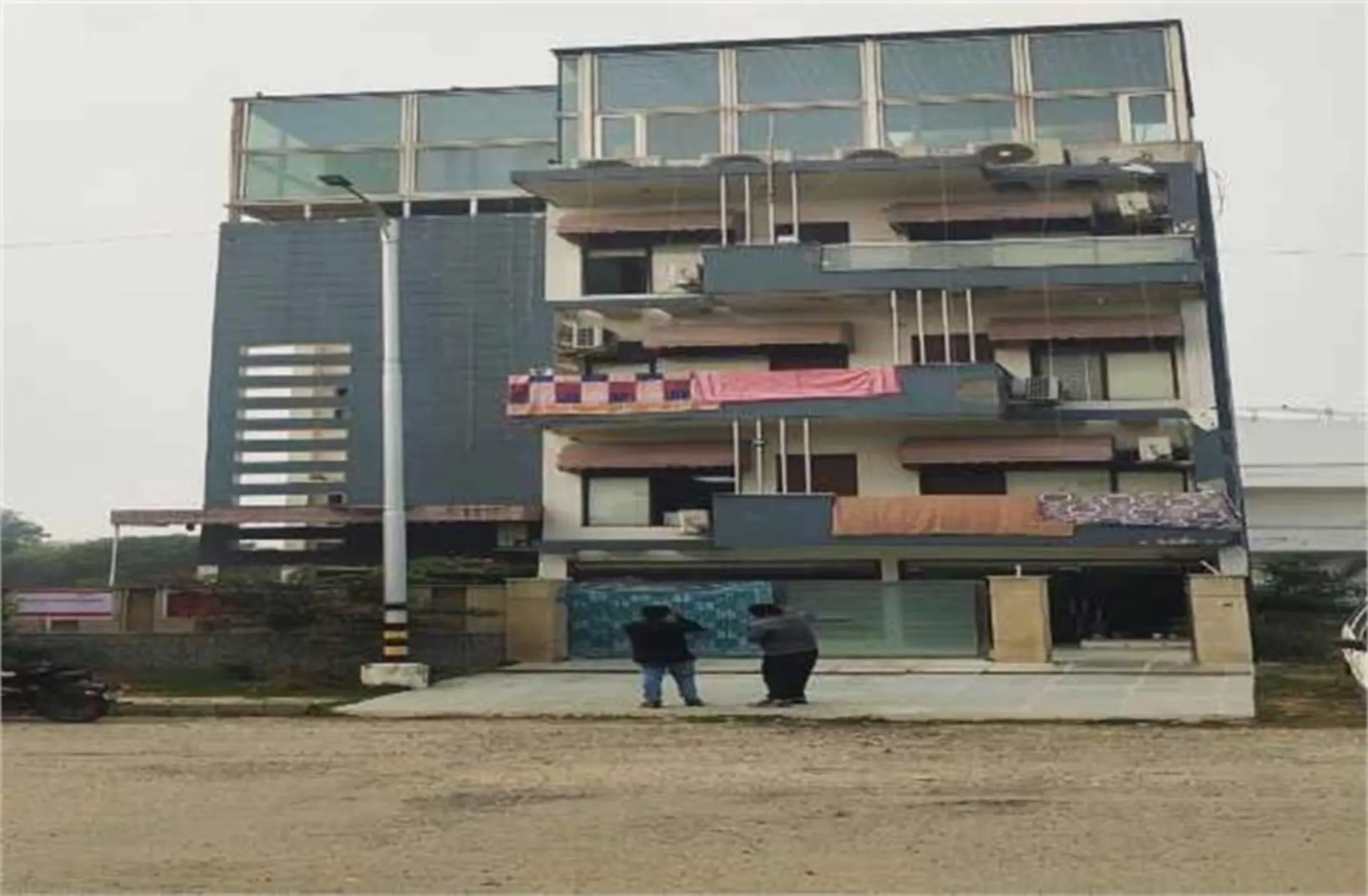
Union Home Minister and Minister of Cooperation Amit Shah on Monday unveiled an impressive statue of Maharaja Agrasen at Maharaja Agrasen Medical College in Agroha, Hisar district of Haryana. The ceremony included the inauguration of a newly constructed Intensive Care Unit (ICU) and the laying of the foundation stone for a postgraduate hostel at the medical institution.
Haryana Chief Minister Nayab Singh Saini and other prominent dignitaries attended the event, which highlighted both healthcare advancement and cultural heritage in the region.
Praise for Haryana's Cultural Contributions
In his address, Shah commended Haryana for its significant role in preserving India's cultural legacy. "The land of Haryana has worked to enrich and preserve India's culture, values, and traditions since ancient times," he stated. "From Mahabharata era to the freedom struggle and even after independence, Haryana's contribution to the development of the country has always been far greater than that of larger states."
The Home Minister acknowledged the hospital's impressive service record, noting that nearly five lakh people utilize its outpatient services annually. He credited industrialist OP Jindal for laying the foundation that enables the institution to graduate 180 medical students each year while providing modern healthcare facilities.
Highlighting Maharaja Agrasen's Legacy
Shah spoke extensively about Maharaja Agrasen's unique leadership style and welfare policies. He explained how the ancient ruler established a system where newcomers to his capital received a brick and one rupee from each existing resident to build their homes.
"Maharaja Agrasen paved the way for prosperity and welfare without burdening the state," Shah remarked. "He ensured no one in his kingdom went hungry, lived without shelter, or remained unemployed."
Connecting Past Values to Present Governance
Drawing parallels between ancient wisdom and current policies, Shah claimed that Prime Minister Narendra Modi is following Maharaja Agrasen's path of inclusive development. He highlighted that during Modi's decade-long tenure, 25 crore people have risen above the poverty line.
The minister listed several welfare schemes, including the provision of four crore houses, free ration to 81 crore people, gas connections to 11 crore families, and toilets to 12 crore households. "The first government in the country to provide toilets in every house was the Haryana Government," he added.
Healthcare Advancements Under Modi Government
Shah detailed the central government's healthcare initiatives, stating that the national health budget has more than tripled from Rs 33,000 crore in 2013-14 to Rs 1.33 lakh crore in the 2025-26 budget.
He highlighted significant increases in medical infrastructure: "In 2014, there were 7 AIIMS in the country, while in 2024, there are 23. Similarly, medical colleges have increased from 387 to 766, and MBBS seats have grown from 51,000 to 1.15 lakh."
Haryana's Development Under "Double Engine" Government
The Home Minister praised Haryana's governance model, stating that the state exemplifies "politics based on principles." He claimed the current administration has provided 80,000 jobs transparently, without bribes or favoritism.
Shah noted that Haryana's budget has grown from Rs 37,000 crore previously to Rs 2 lakh crore under Chief Minister Nayab Saini's leadership. He added that central government allocations to Haryana have increased from Rs 41,000 crore between 2004-2014 to Rs 1.43 lakh crore in the decade since.
The event highlighted both healthcare development and cultural heritage preservation in Haryana, reinforcing the connection between historical values and contemporary governance.



.webp)




